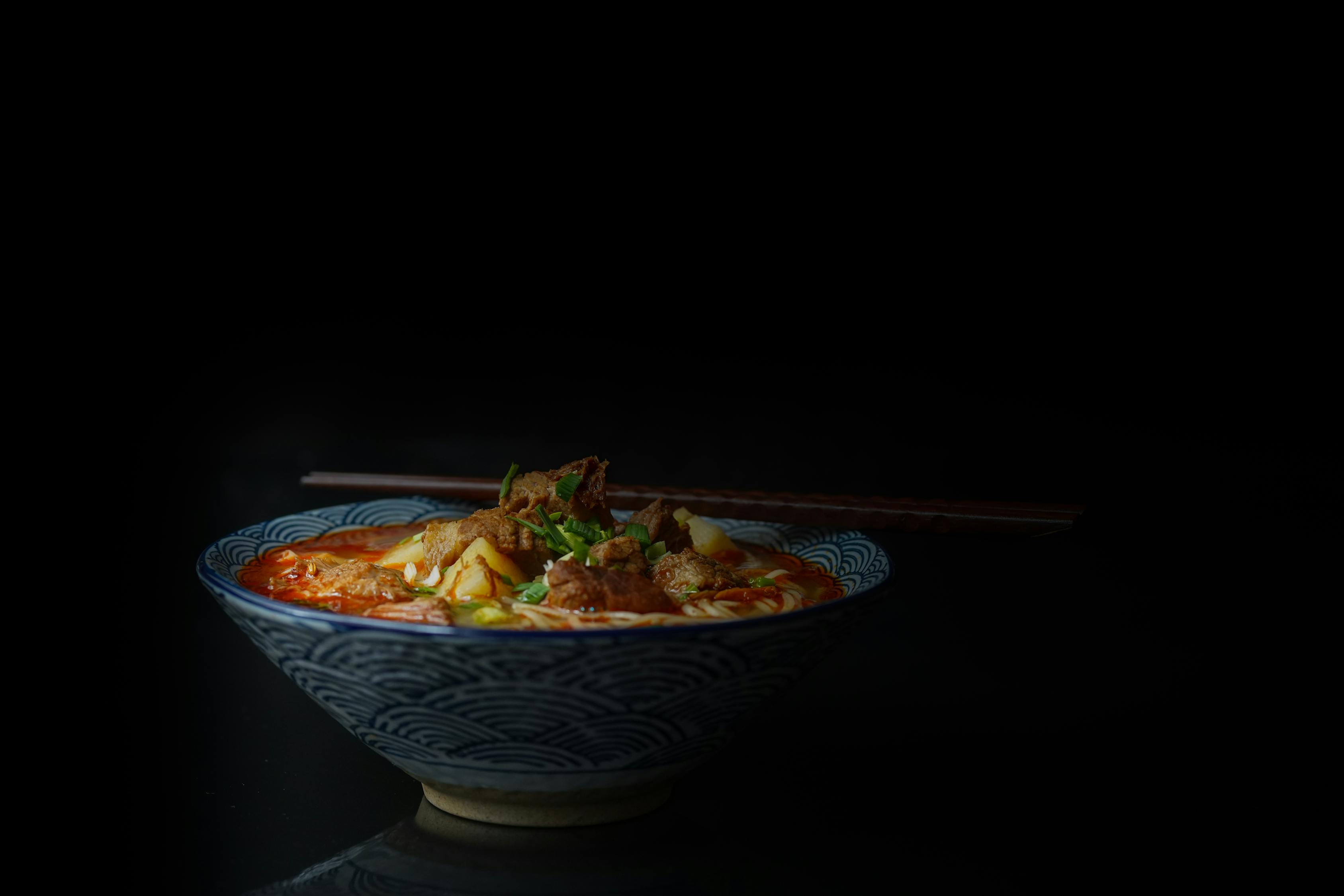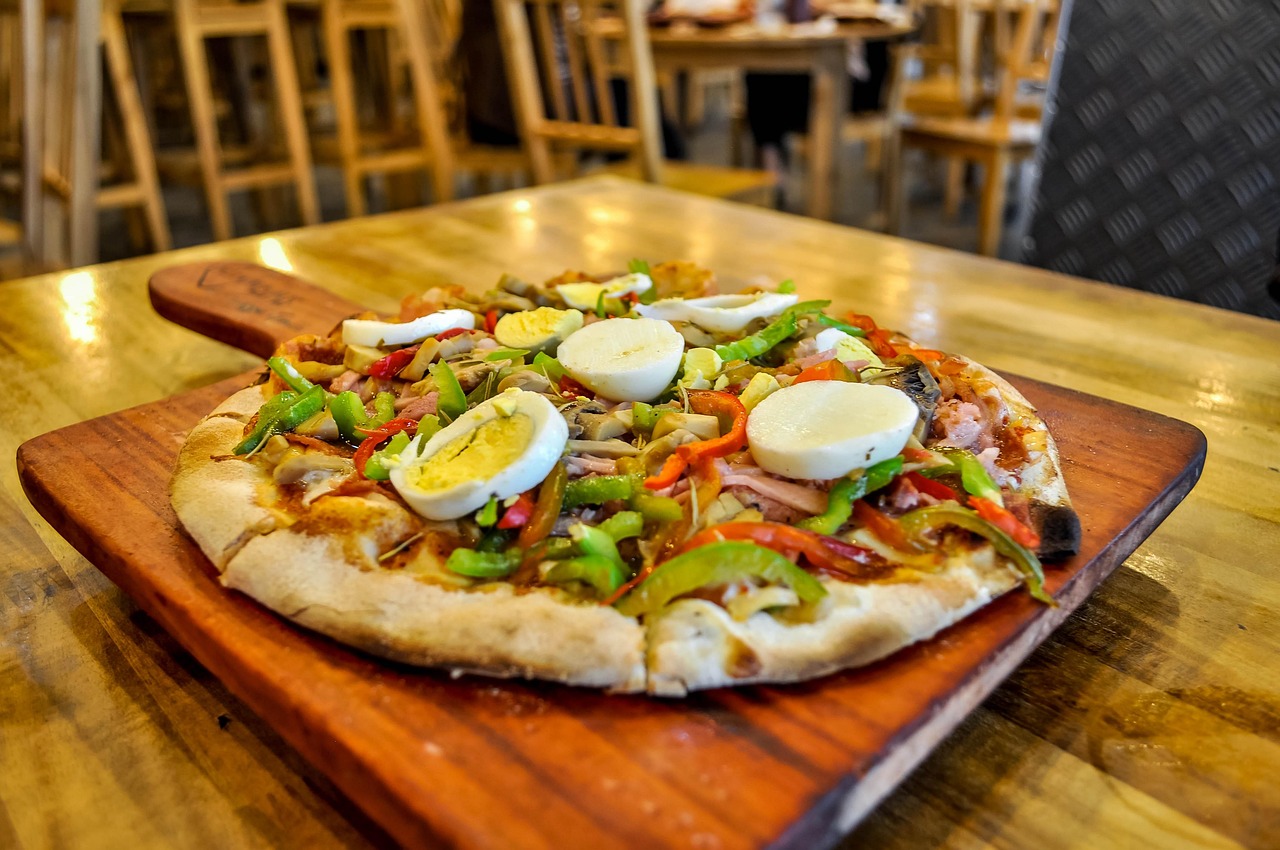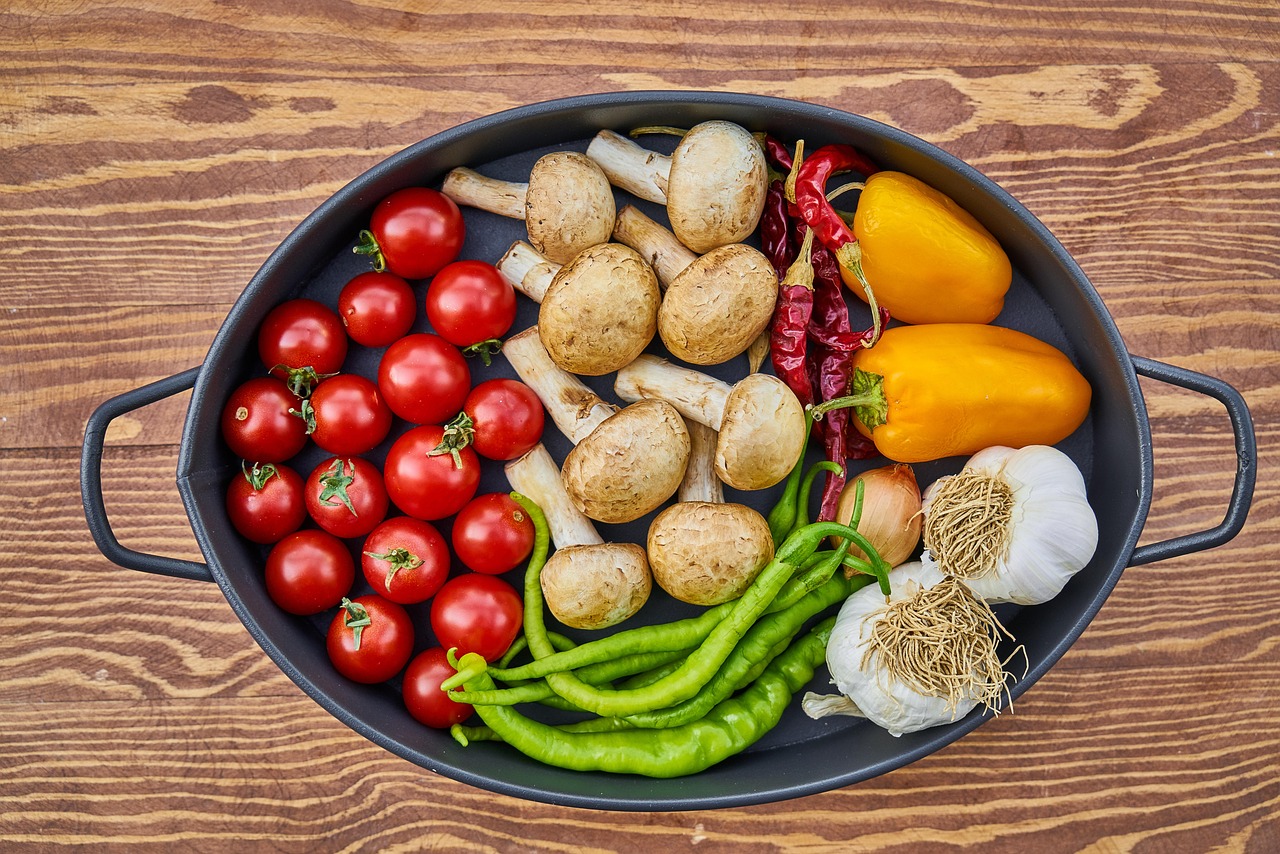A Culinary Journey:Exploring the Delights of Taste Buds on the Tip of the Tongue
Introduction
In the vast and diverse world of gastronomy, there is a phrase that captures the essence of culinary experiences like no other: "舌尖上的美食" or "Taste Buds on the Tip of the Tongue." This Chinese idiom, rich in cultural significance, refers to the exquisite and delightful flavors that tantalize our senses and leave a lasting impression. It is not just about the food itself but the entire experience of savoring, appreciating, and enjoying the culinary art. In this article, we will embark on a culinary journey to explore the delicacies that have earned the title of "Taste Buds on the Tip of the Tongue," delving into their history, preparation, and the cultural significance they hold.
The Art of Chinese Cuisine
Chinese cuisine, with its thousands of years of history, is a treasure trove of flavors, techniques, and ingredients. Each region has its own unique dishes that have evolved over time, reflecting the local climate, geography, and cultural practices. The phrase "Taste Buds on the Tip of the Tongue" is often used to describe dishes that are not only delicious but also embody the culinary traditions and the spirit of innovation that Chinese chefs bring to their craft.
Peking Duck: A Time-Honored Delicacy
One of the most iconic dishes that could be described as "Taste Buds on the Tip of the Tongue" is Peking Duck. This dish has been a favorite of emperors and commoners alike for centuries. The process of preparing Peking Duck is an art form in itself, requiring meticulous attention to detail. The duck is marinated, air-dried, and then roasted in a special oven, resulting in a crispy skin and tender, juicy meat. Served with thin pancakes, scallions, cucumber, and sweet bean sauce, each bite is a symphony of textures and flavors that have made Peking Duck a symbol of Chinese culinary excellence.

Xiaolongbao: The Soup Dumplings of Shanghai
Another dish that perfectly encapsulates the "Taste Buds on the Tip of the Tongue" experience is Xiaolongbao, or soup dumplings, from Shanghai. These delicate dumplings are filled with a rich broth and finely chopped pork, creating a burst of flavor and juiciness when bitten into. The art of making Xiaolongbao lies in the thin, pleated dough that must be strong enough to hold the soup but delicate enough to yield to the first bite. The balance of flavors and the anticipation of the first taste make Xiaolongbao a true culinary delight.
Sichuan Cuisine: Spicy and Bold
For those who enjoy a bit of heat in their meals, Sichuan cuisine offers a range of dishes that are both fiery and flavorful. The "Taste Buds on the Tip of the Tongue" experience in Sichuan cuisine is often found in dishes like Mapo Tofu, a spicy and numbing dish made with tofu, minced meat, and a rich, chili-infused sauce. The heat from the Sichuan peppercorns and the depth of flavor from the fermented bean paste create a sensory experience that is both challenging and rewarding.
Guangdong Dim Sum: A Symphony of Flavors
In the southern province of Guangdong, the "Taste Buds on the Tip of the Tongue" experience is found in the variety and finesse of dim sum. Dim sum is a style of eating that involves a selection of small, bite-sized dishes, each showcasing a different ingredient or cooking technique. From the soft, fluffy steamed buns filled with barbecued pork (char siu bao) to the translucent shrimp dumplings (har gow), each dim sum dish is a testament to the skill and creativity of the chefs. The experience of sharing dim sum with friends and family, sampling a wide array of flavors, is a quintessential part of the culinary culture in Guangdong.
The Global Influence of Chinese Cuisine
The influence of Chinese cuisine has spread far beyond its borders, with "Taste Buds on the Tip of the Tongue" experiences now available in cities around the world. From the vibrant Chinatowns in major cities to the fusion restaurants that blend Chinese flavors with local ingredients, the appeal of Chinese culinary art is undeniable. The global popularity of dishes like Kung Pao Chicken, Sweet and Sour Pork, and General Tso's Chicken is a testament to the universal appeal of the flavors and techniques that define Chinese cuisine.
The Future of Chinese Gastronomy
As Chinese cuisine continues to evolve and adapt to new trends and tastes, the "Taste Buds on the Tip of the Tongue" experience is set to expand and diversify. With the rise of molecular gastronomy and the fusion of Chinese flavors with other culinary traditions, there is an exciting future ahead for those who appreciate the art of Chinese cooking. The exploration of new ingredients, the reinvention of classic dishes, and the continued innovation in presentation and flavor combinations will ensure that the phrase "Taste Buds on the Tip of the Tongue" remains relevant and inspiring for generations to come.
Conclusion
The phrase "Taste Buds on the Tip of the Tongue" is more than just a description of delicious food; it is a celebration of the culinary heritage, the skill of the chefs, and the joy of sharing a meal. Whether you are in China or halfway around the world, the quest for the perfect "Taste Buds on the Tip of the Tongue" experience is a journey worth embarking on. As we savor each dish, we not only taste the ingredients but also the history, culture, and passion that go into creating these culinary masterpieces.










